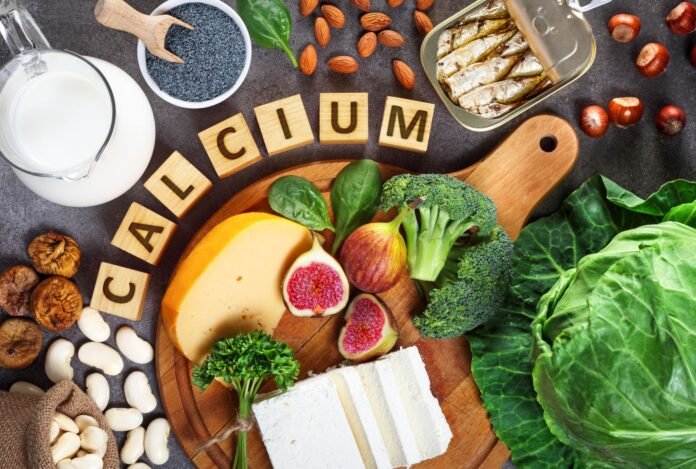When it comes to calcium intake, dairy products often take center stage. They generally deliver the highest amounts of calcium per serving, making them a popular choice for supporting bone health. However, there’s good news for those who prefer non-dairy options: many plant-based and fortified foods can also contribute to meeting your calcium needs.
Calcium from Plant-Based Sources
It’s a common misconception that calcium from plant foods isn’t absorbed as well as calcium from dairy. While this may be true for certain foods high in oxalic acid (like spinach, rhubarb, and beet greens) or phytic acid (found in beans and legumes), most vegetables don’t present this issue. Kale, broccoli, and bok choy, for instance, are excellent non-dairy sources of calcium that are more readily absorbed by the body.
Meeting the Recommended Dietary Allowance (RDA) for calcium without consuming dairy requires a commitment to a diverse and balanced diet rich in vegetables and fruits. But it’s entirely achievable, especially when incorporating calcium-fortified products like orange juice, cereals, and plant-based milks into your routine.
Recipe Highlight: Creamy Cashew Oatmeal
Looking for a calcium-rich, dairy-free breakfast option? This creamy cashew oatmeal, topped with yogurt and pistachios, is a perfect start to your day.
Ingredients:
- 3 cups water
- 1 cup steel-cut oats
- 1/4 tsp ground cardamom
- Pinch of salt and black pepper
- 1 cup unsweetened cashew milk
- 1/2 cup plain dairy-free yogurt
- 3 tbsp honey (divided)
- 1 tsp orange zest
- 1/4 cup chopped pistachios
Instructions:
- In a medium saucepan, combine water, oats, cardamom, salt, and pepper. Bring to a boil over medium-high heat, stirring occasionally.
- Reduce heat to medium-low and simmer, stirring occasionally, until oats are tender (about 3 minutes). Remove from heat and stir in cashew milk.
- In a separate bowl, whisk together yogurt, 2 tablespoons honey, and orange zest.
- Serve oatmeal in bowls, topped with the yogurt mixture, pistachios, and a drizzle of the remaining honey.
Nutritional Information (Per Serving):
- Calories: 330
- Fat: 12g
- Protein: 11g
- Carbohydrates: 48g
- Fiber: 6g
- Calcium: 21% DV
Dairy and Fortified Alternatives for Calcium
If you’re still exploring how to meet your calcium needs, here’s a quick comparison of calcium content in standard portions of common dairy and soy-based alternatives:
| Food Item | Portion | Calcium (mg) |
|---|---|---|
| Yogurt, plain, nonfat | 8 ounces | 488 |
| Yogurt, plain, low fat | 8 ounces | 448 |
| Kefir, plain, low fat | 1 cup | 317 |
| Milk, low fat (1%) | 1 cup | 305 |
| Soy beverage (soy milk), unsweetened | 1 cup | 301 |
| Yogurt, soy, plain | 8 ounces | 300 |
| Buttermilk, low fat | 1 cup | 284 |
| Yogurt, Greek, plain, low fat | 8 ounces | 261 |
| Cheese, reduced-fat or low fat | 1.5 ounces | ~115–485 |
By combining these foods with plant-based calcium sources like kale and fortified products, you can build a diet that supports bone health, whether or not you consume dairy.
Final Thoughts
While dairy remains an excellent source of calcium, it’s by no means the only option. With careful planning and a variety of nutrient-rich foods, maintaining strong bones and meeting your daily calcium requirements without dairy is completely achievable.



